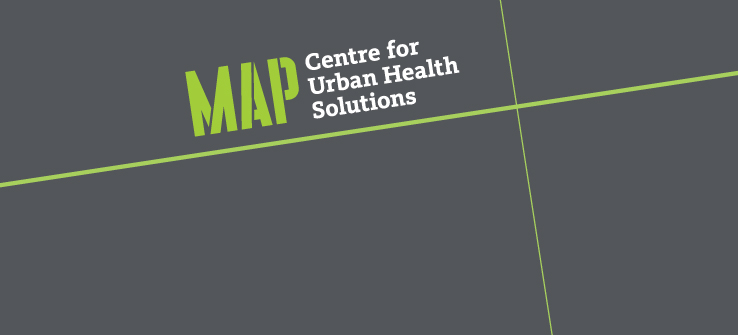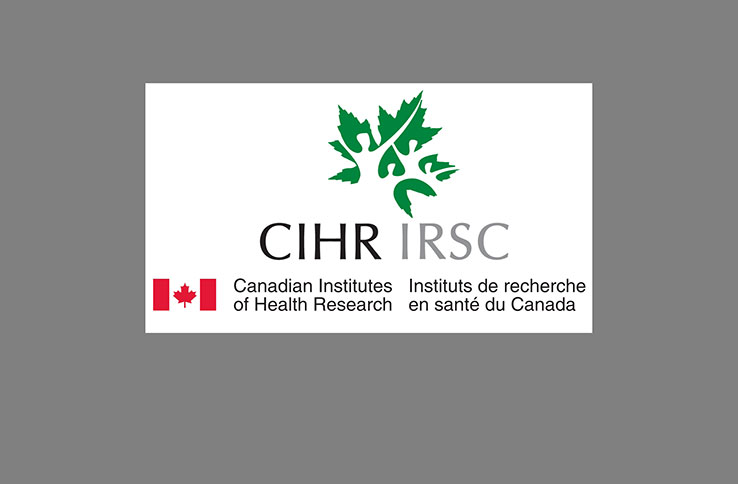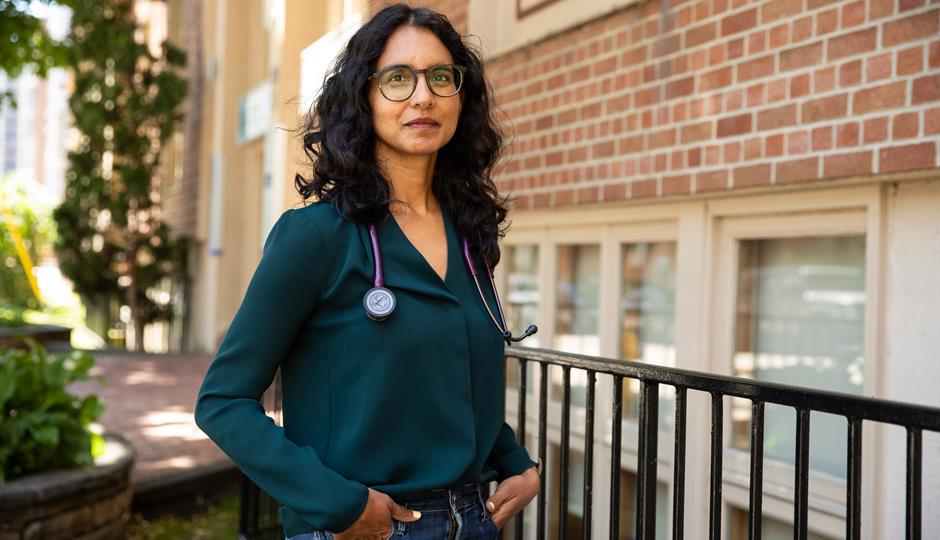By Stephen Hwang and Jeffrey Siegel
THE HOMELESS HUB
The cold weather has arrived in Toronto. At the same time, many of the places people use to warm up are not accessible. Due to COVID-19 pandemic measures, coffee shops and fast food restaurants are closed to indoor dining. Libraries are no longer letting people in, and many community centres have shut down. The community centres that are open are largely only offering bathroom access. Drop-ins designed to offer indoor space to people experiencing homelessness are also in shorter supply—there are approximately 19 drop-ins offering access to indoor space in February 2021, compared to 51 in 2019.
Health care providers have already noted the toll this loss of informal space is taking on people, describing an increase in cold-related injuries. This is supported by research from St. Michael’s Hospital demonstrating that while extreme cold temperatures put people at higher risk of hypothermia, most cases of injury and death due to cold occur in moderate winter weather. It is imperative that easily-accessible space is made available to everyone, 24-hours a day, and is not restricted to cold weather alerts.
But the risk of COVID-19 transmission in indoor spaces is real—recent data from St. Michael’s Hospital makes this clear. Much of this risk comes from the fact that transmission is airborne. The good news is that there are many steps that can be taken to reduce these risks, including the implementation of better ventilation and filtration practices.
It begins by opening up access to large, well-ventilated spaces, and keeping a very low occupancy relative to the space (for example, a few dozen people in a large arena). Physical distancing and masking protocols are also critical in reducing airborne transmission. When it comes to ventilation and filtration, lower-cost steps include the use of high quality portable filtration devices; running existing fans that exhaust to the outside (such as bathroom and kitchen fans); opening doors and windows where possible; paying careful attention to bathroom ventilation; learning more about how some devices affect airflow; and, periodically airing out spaces.
Those responsible for congregate spaces can also consult experts about the possibility of making small but impactful adjustments to heating, ventilation and air conditioning systems (also known as HVAC systems) to improve air quality. For example, some HVAC systems may be able to accommodate a higher-quality filter, or bring in more outside air. To address air quality in a comprehensive manner, an HVAC professional can assess a building’s entire ventilation system. If there is a budget for capital improvements, they may propose ways to retrofit the HVAC system, or suggest that it be replaced.
Each space and situation is different, and it’s difficult to make generic recommendations. Luckily, there are many resources that address air quality and COVID-19. We’ve put together a brief survey of strategies here. In January, the Public Health Agency of Canada released a report on ventilation strategies and COVID-19. Public Health Ontario also has a document on ventilation and a guide to using portable air filters. For more detail, the American Society of Heating, Refrigerating and Air-Conditioning Engineers has produced a guide to “Epidemic Building Readiness,” and the Canadian Standards Association has released “Workplaces and COVID-19: Occupational Health and Safety Considerations for Reopening and Operating During the Pandemic.”
We encourage those responsible for congregate spaces to review these resources and to think about how to apply these principles and strategies. We also encourage people to consult with indoor air quality and infection control experts—many experts work for public institutions such as universities, and can provide advice. Finally, we encourage funders large and small to make rapid-access funds available immediately to help congregate spaces of all kinds improve air quality, and reduce airborne transmission of COVID-19.
Investments to improve indoor air quality will reduce transmission risk of COVID-19 and other airborne infectious diseases. They will improve health and quality of life for those who use, live in, and work in congregate settings. They will also help to ensure that key indoor spaces can stay open, even during a pandemic.
Stephen Hwang is a physician and the Director of MAP Centre for Urban Health Solutions at St. Michael’s Hospital, a site of Unity Health Toronto.
Jeffrey Siegel is an air quality expert and a Professor in the Department of Civil and Mineral Engineering at the University of Toronto.





